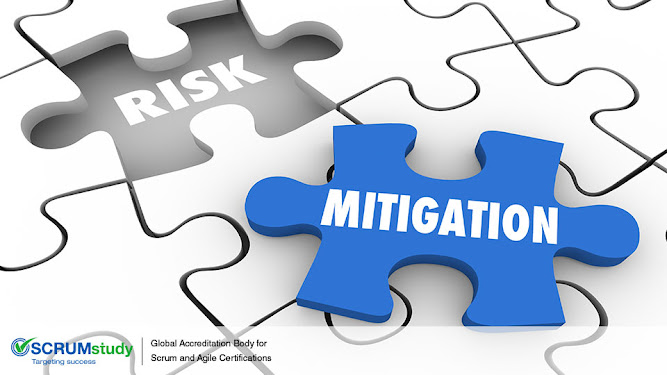Risk Mitigation in Scrum

Scrum is a light-weight framework for project management which is used for complex product development in volatile market conditions. With high competition, companies have to develop products fast and innovatively always adding value and greater customer satisfaction. Quick decision-making and prioritization help mitigate risks in a project. The constant flow of new information changes requirements which Scrum is tailored to handle well and risks are turned into valuable deliverables. The Product Owner starts the Scrum cycle with identifying requirements of the client through a Business Stakeholder Meeting. It is up to the Product Owner to clearly outline the customer needs and place them in a Prioritized Product Backlog. Here risk plays a crucial role as it becomes essential to determine high risk elements and place them high in the backlog. The sooner these elements are identified and dealt with in early Sprints the better for the success of the project as the possibility of mi...






